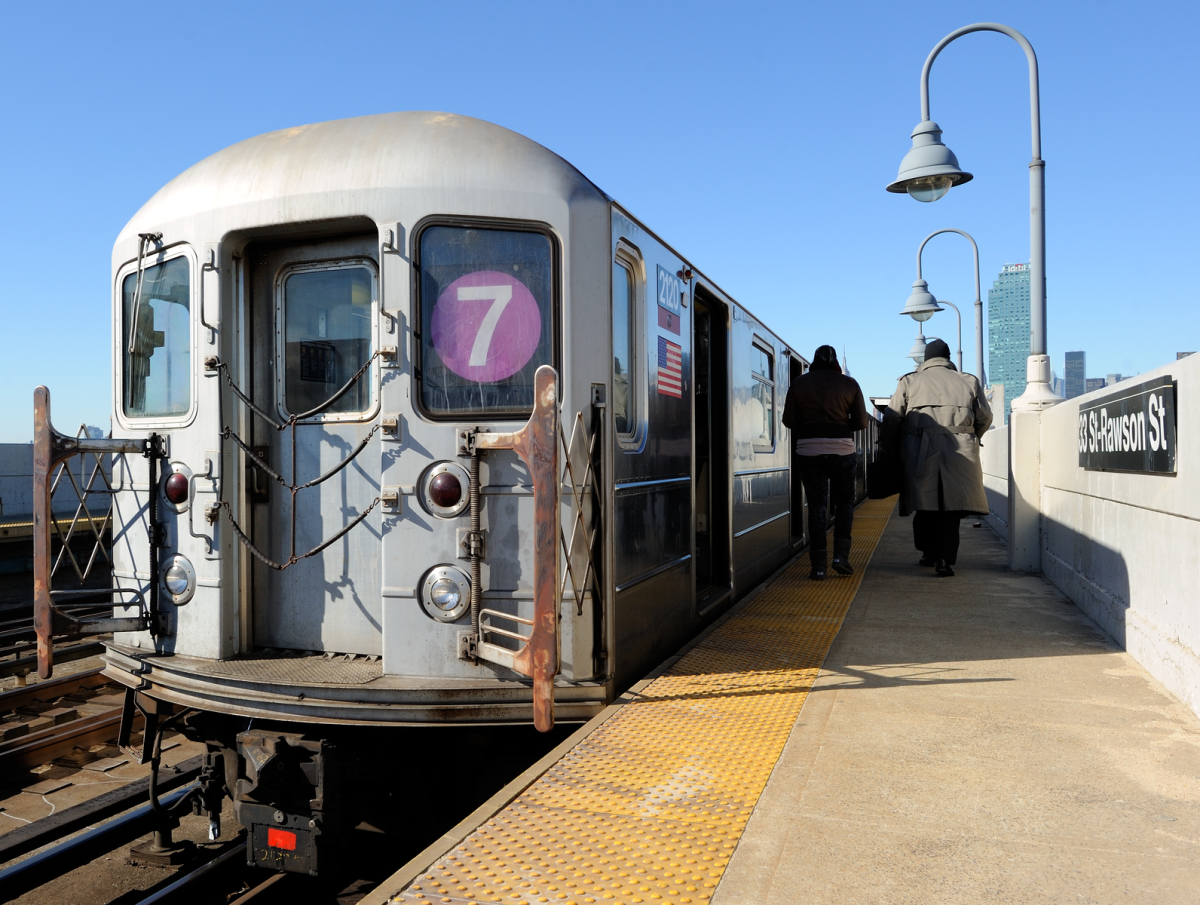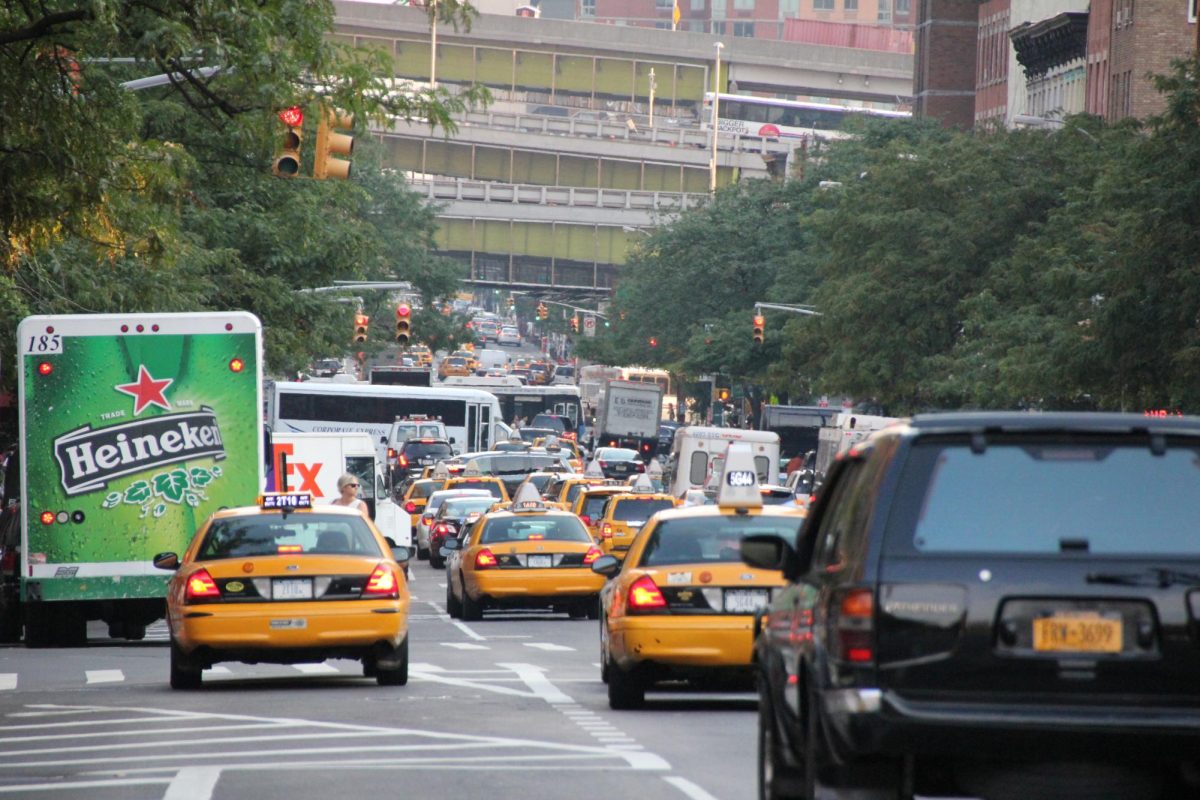In August 2023, New Yorkers swiped their MetroCard and paid 15 cents more to ride the Subway. The MTA said this would allow them to maintain service levels – and there’s certainly been no shortage of needs.
In the past few weeks, frequent rainfall has worsened pre-existing damages to the hundred-year-old subway system, disrupting the commutes of 8 million passengers. In light of these issues, Janno Lieber and other senior MTA officials released a 20-year needs assessment report that plans first to renovate the current system and then look to expand.
Some features of the plan include remodeling parts of the system that date back to 1890. In particular, the Metro-North’s Park Avenue viaduct experiences unsustainable traffic. The
MTA hopes to expand the Second Ave subway from Houston St. to Broadway/125th St, add a Tenth Avenue stop to the 7 line and make 90 percent of subway stations ADA accessible by upgrading 490 elevators.
While these renovations are exciting, or “chefs kiss,” as subway rider Jael describes it, they aren’t the top priority.
The report warns that “21 percent of subway station components, 32 percent of MetroNorth bridges and 52 percent of LIRR substations” are in poor or marginal condition and, without intervention, “could experience catastrophic breakdown.”
To Janno Leiber, the plan was necessary for “laying bare the urgent need for renewal and improvement,” regardless of “matching needs to some pre-approved budget.”
Although the plan fuels ambitious projects, it has been criticized for its lack of financial transparency. President of the Citizens Budget Commission Andrew Rein said, “If we don’t have a sense of those dollar figures…then we can’t have a discussion about the trade-offs, we just can’t.”
The MTA is already 3 billion dollars short of their 2025 budget and has needed consistent help mitigating costs.
Subway flooding is increasingly disruptive, yet as of 2015, only $245 million out of the $1.7 billion for 2015-2024 needs assessment went to this issue. In the same period, $4.9 billion was required for new subway cars but only $700,000 was spent on new projects since 2015.
When 75 percent of subway electrical substations are over 50 years old, there are constantly more problems than solutions. “Long-term finances are still in trouble as [the MTA] wrestles with an overdue list of repairs and upgrades and growing debt,” said New York State Comptroller Thomas DiNapoli.
MTA officials have broken down the 20-year assessment into five-year intervals to lessen the financial burden and obtain funding. A portion of this money will come from congestion pricing revenues. Under the current capital funding program, $1 billion will be pulled to pay for $15 billion of yearly funding. This will address urgent needs and plan for future changes.







